In the fast paced world of product information management, choosing the right PIM system is important.
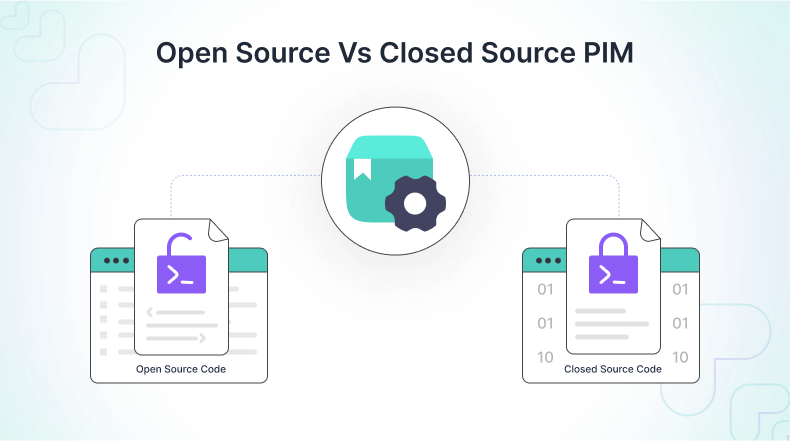
It can make a big difference in how you organize your data and enhance your business processes.
Usually, you have two main choices: open source and closed source PIM systems.
Each type has its advantages and disadvantages that can affect your company.
This guide will assist you in exploring these options to find out which PIM solution fits your needs the best.
Types of PIM Solutions
Different kinds of product information management (PIM) systems help keep product data organized and shared across various platforms.
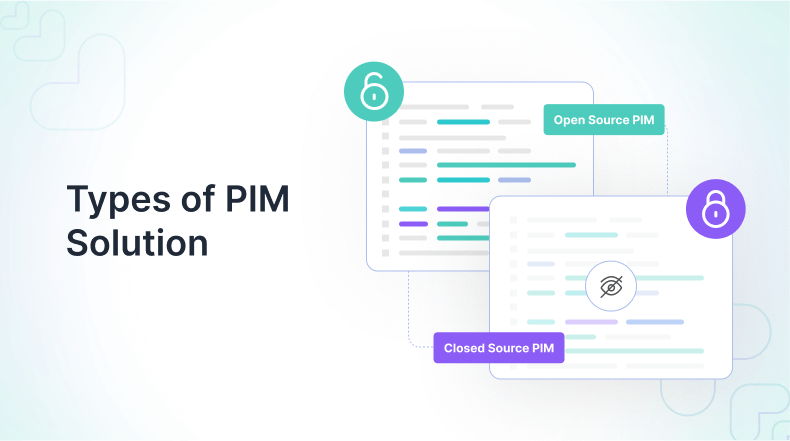
Knowing the main differences between open source and closed source PIM solutions can help you choose the right one for your needs.
Open Source PIM Solutions
Open source PIM systems provide access to the source code, allowing businesses to modify and customize the software to their specific needs.
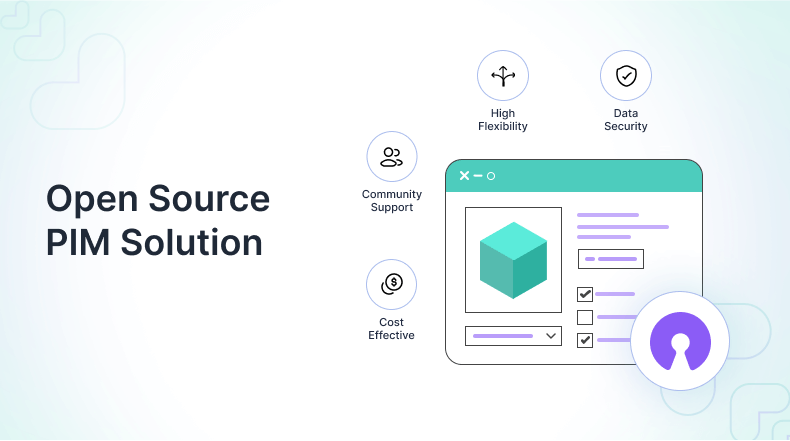
These solutions are created by groups of people working together, giving them a lot of flexibility and the ability to adapt easily.
Advantages of Open Source PIM Solutions
- High Flexibility: You can customize the software exactly how you want it because you have complete access to the source code
- Cost Effective: You save money at the start since there are no licensing fees, but keep in mind that you might need to spend more on customization and development later.
- Community Support: You can take advantage of the ideas and support from a worldwide group of developers.
Drawbacks of Open Source PIM Solutions
- Technical Demands: You need people with technical know how to set up, customize, and keep everything running smoothly.
- Support Limitations: Help might only come from community forums or paid services, which may not be as dependable as professional support.
- Potential Stability Issues: Changes and updates you make could cause issues with how well everything works together.
Closed Source PIM Solutions
Closed source PIM systems are software created and managed by a specific company.
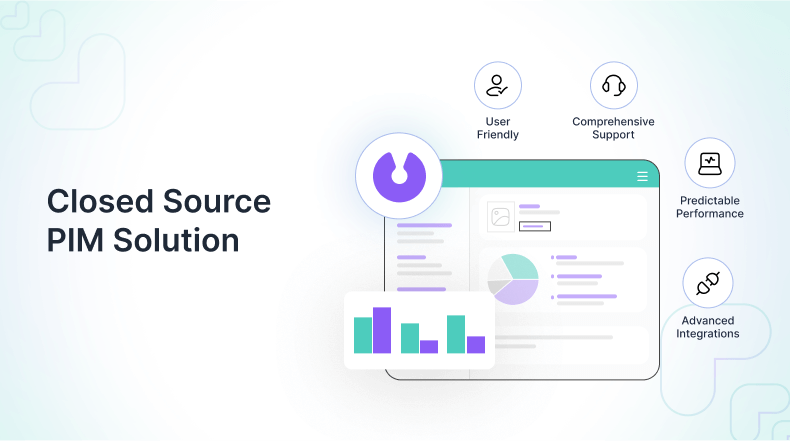
Even though users can’t see the source code, they benefit from a well structured and supported environment.
Benefits of Closed Source PIM Solutions
- User Friendly: Made to be simple and user friendly, featuring a clean design and easy installation.
- Comprehensive Support: Includes expert help, regular updates, and maintenance provided by the company.
- Predictable Performance: Generally more stable and dependable, with fewer problems related to software upkeep.
Challenges of Closed Source PIM Solutions
- Higher Costs: Involves significant upfront investment and ongoing licensing fees.
- Limited Customization: Less flexibility for adapting the system to unique business needs.
- Vendor Dependency: Dependence on the vendor for updates, support, and new features can be restrictive.
Important Things to Think About When Choosing a PIM Solution
When selecting a PIM software, consider these crucial factors:
- Budgetary Constraints: Compare initial costs and ongoing expenses, including development for open source solutions versus licensing fees for closed source options.
- Technical Capability: Determine if your team has the expertise to manage an open source PIM or if the simplicity of a closed source system is preferable.
- Scalability and Future Needs: Evaluate how well each PIM solution can scale with your business and adapt to future requirements.
Making the Right Choice Between Open Source vs. Closed Source PIM
Choosing between open source and closed source PIM depends on several key factors:
- Customization vs. Convenience: Decide whether you need the extensive customization offered by open source PIM or the convenience and support of closed source PIM.
- Support and Maintenance: Assess whether you have the resources to handle support in house or if you would benefit from vendor provided services.
- Compliance and Security: Ensure the PIM solution meets industry regulations and offers robust security features.
Examples of Open Source and Closed Source PIM Systems
Here are examples of open source and closed source Product Information Management (PIM) systems:
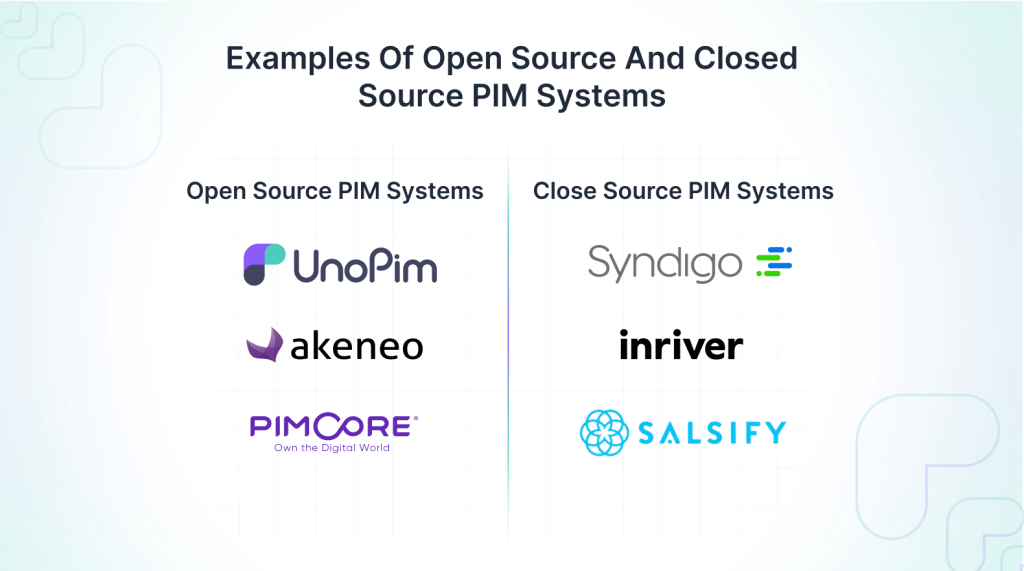
Open Source PIM
- Akeneo: A popular open source PIM tool that offers features for managing product information and translating content. It also facilitates collaboration among team members for efficient workflow.
- UnoPim: It’s a free and open-source platform that combines Product Information Management (PIM) with artificial intelligence and content management.This makes it well suited for managing complex data structures effectively.
- Pimcore: An integrated platform that combines PIM, digital asset management, and content management for complex data structures.
Closed Source PIM
- Syndigo: Closed source PIM solution that offers a lot of features for managing and sharing product information, mainly designed for big companies.
- InRiver: A proprietary PIM platform designed to assist companies in handling and improving their product details across different channels, focusing a lot on marketing and helping with sales.
- Salsify: A special PIM tool that helps brands organize their product information and enhance customer experiences on different platforms.
When deciding between open source and closed source PIM solutions, it’s important to think about what your business needs, how much money you can spend, and what kind of tech skills you have.
Open source PIMs can save you money and give you more flexibility, but they require some technical know how.
Looking to explore the best open source PIM systems? Check out this list of the Top 5 Open Source PIM Solutions!
On the other hand, closed source PIMs are easier to use and come with strong support, but they usually cost more.
By looking closely at these things, you can choose the PIM solution that will help your business grow, meet regulations, and run smoothly, which will set you up for success in the future.
Hope this helps! If you encounter any issues, feel free to submit a ticket at our Support Portal.


Be the first to comment.